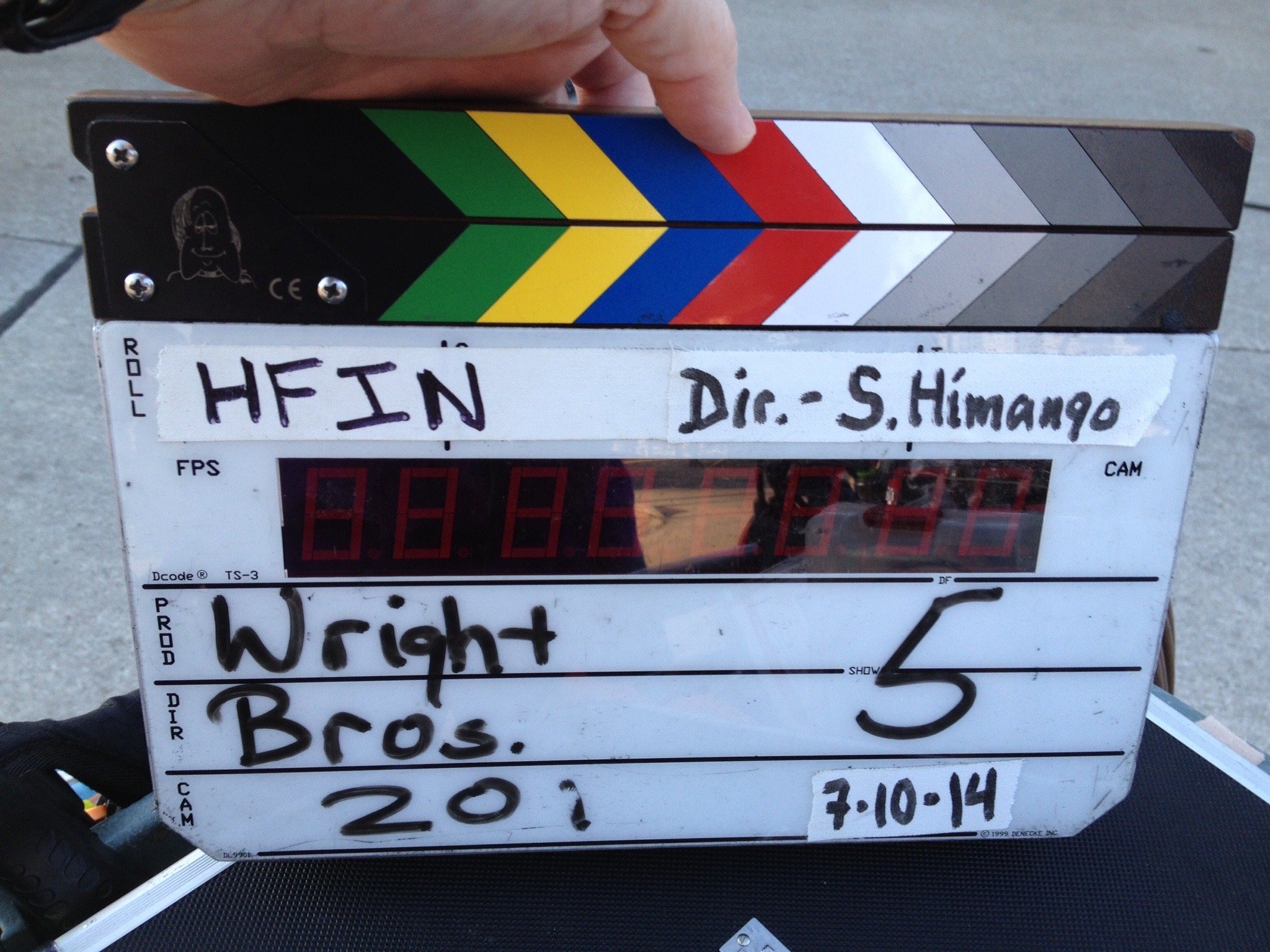How would we live our lives differently if we were assigned a specific TRT?
TRT in this case stands for Total Running Time. You get 6 years. You get 99 years. You get 65 years.
We all know we have a TRT in this life. We just don’t know the specifics. We don’t get a cosmic download on Day One notifying us of how much time is remaining.
TV TRT
In my work as a non-fiction television producer and writer, when I’m assigned a story, I’m usually assigned an approximate TRT. In other words, here’s the amount of broadcast time allotted to tell this story. As we arrange interviews and think about video elements we need to best tell the story, we’re also mindful of our TRT. Knowing the TRT informs our choices, how much filming we do, how many voices we can hear from (interviews) and, often, how much depth the story will have. A short story told well will still have depth. It’s just more challenging. Remember the quote by Mark Twain? “I didn't have time to write a short letter, so I wrote a long one instead.”
Back to TRT and this life: Using mini-documentary storytelling as a template, how can we live our lives with intentionality to maximize the stories we live while we’re here?
What are the essentials? What are the essential elements you want to make sure your life, short or long, includes? Family time? Nature immersion daily? Be a good friend? A good stranger? Achieve certain professional accomplishments? Have quiet time? Travel the world? Be of service? How do you want to show up in the world daily — with love, kindness, courage, character, compassion, patience, grit? Make a list and prioritize these daily.
What are the non-essentials? Make a list of the things you’d like to do and the person you’d like to be. These activities and traits are just one layer out from your core. You’d love to do these things and be these things and will get to them immediately, messily, scared. You’ll get yourself out there into the world because this life is yours. Your time is now.
What can be learned? In this story that is your life, what tension, what lessons, what challenges do you want to confront? What hills do you want to climb? What pain will you walk toward in the name of growth? Who will you become in the process and why is that important to you? It doesn’t need to make sense to anyone else.
How can you allow for surprise and magic? Plans are good and grounding and give us direction. But can you allow for the universe to add its magic? Can you dance when fantastical miracle dust rains down on you and also when it doesn’t?
Can you live your life as a call to action? What traits can you leave the people who interact with you in this life? What example of humanity can you be? What kind of inspiration? What nugget of insight or nuance of behavior can you live that leaves the world a little better, today, and for all of the tomorrows until your TRT is known?
As in television, I suspect most people will ask for more time. There’s more to tell. More to see. More to experience. Sometimes, we get more time. Sometimes, we don’t get the chance to ask for more time because our story is cut short or removed from the rundown altogether.
Even when we are walking through uncertainty, let’s remember this too is part of our life story. Let’s make death a motivator to keep us moving toward living in alignment with our values.
There’s no script for life any more than there’s a known TRT. We’re figuring it all out as we go. We’re writing it with each choice, and we’re hoping it stays good. Can we live in such a way that we will feel our TRT was just right?
In the words of Hunter S. Thompson: “Life should not be a journey to the grave with the intention of arriving safely in a pretty and well preserved body, but rather to skid in broadside in a cloud of smoke, thoroughly used up, totally worn out, and loudly proclaiming "Wow! What a Ride!”






